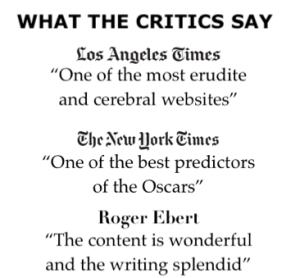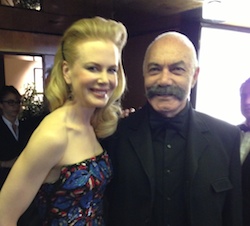As I grow older and more experienced, my film and cultural criticism has become not only more personal but also more constructive. It might be easier to point out the negative elements–the deficiencies–of art works, including movies. But I would rather emphasize the positive elements of pictures, TV series, and other works of pop culture.
I do believe that, ultimately, experiencing art (including film) is a deeply personal and subjective process. Yet the primary goal of my criticism is to guide viewers in how and what they look at, and look for, in a particular film. My critique is informed by the complex and intricate ways in which age, race, gender, class, and sexuality influence my perception film.
When students or colleagues ask me, what is the deepest feeling–the most gratifying experience–I have had at the movies, I like to quote Ralph Waldo Emerson’s observation on abandonment: “The one thing we seek with insatiable desire is to forget ourselves, to be surprised out of our propriety, to lose our sempiternal memory, to do something without knowing how or why; in short, to draw a new circle.”
Not much, in any field, was ever achieved without commitment and enthusiasm. My life as a critic has continued to be defined by sheer abandonment, beginning with the moments when the lights go off, and the curtains raise to reveal a new film world, a new film experience.










